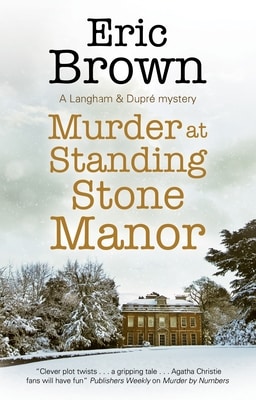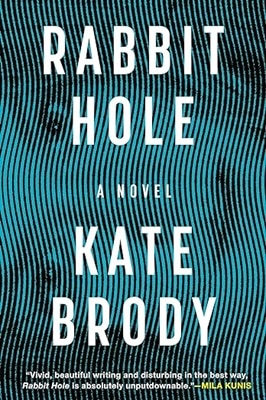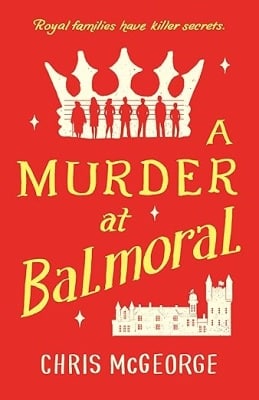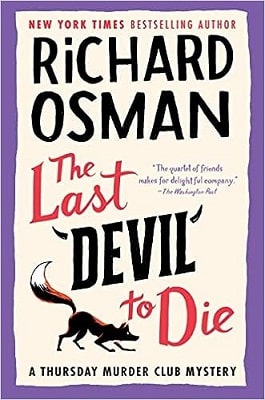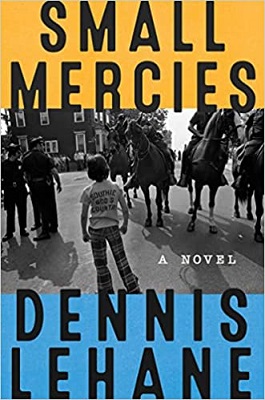Book Review
reviewed by Gail Byrd
When you open Murder at Standing Stone Manor you are transported back to the fifties both because the book takes place in that era and the writing style mirrors the writing style of authors from that time.
The pace is measured, and the writing ensures the reader moves through at a pace that is both relaxed and engaging. The pace is consistent throughout, with an approach that is one of leisure that encourages the reader to relax and enjoy some time with the story. It’s the type of book you can imagine enjoying as you curl up in a comfortable chair, a cup of coffee or tea at your elbow and nothing pressing calling you for a while.
Eric Brown has written eight books in this series, although if you are new to the series, you may not realize there are others. This book easily stands alone and there are no references to earlier events and/or people who have on-going relationships with the detectives. To that end, it’s reminiscent of the Agatha Christie style of series where there is a continuing detective, but none of the stories touch on earlier ones. The character development and the mystery are all complete within the book.
Donald and Maria, the central characters in the series, move to a small English village and set about establishing their life there. As they get to know people in the village, they are befriended by several residents. These characters help establish the atmosphere and complete the world inhabited by the novel. They are well developed, three-dimensional people who nevertheless remain secondary to the overall story. Their welcome to Donal and Maria, along with the information they provide is essential to the development of the book. In addition, they provide potential suspects when the murder occurs.
For the first half of the book, the story concentrates on Donald and Maria establishing their home and meeting their neighbors. It is engaging in terms of creating the world of the novel, but some readers may wonder when, or even if, a murder is going to occur. It is still enjoyable to read and follow the couple as they visit the “mansion on the hill” where they meet Lord Robertshaw, his ward, his invalid wife and his son. Other village residents who are introduced and developed during this portion of the book include the farm couple next door and the young man who lives on their property in a caravan.
The murder of Lord Robertshaw is not a surprise as he is the character who is most disliked among the villagers. When an arrest is made by the police, it is somewhat predictable they arrest the villager who has the most well-known conflict with Robershaw. Donald is convinced of their error, so he starts an investigation to find the real culprit. There are plenty of clues along with some red herrings which offer the reader a chance to solve the murder ahead of or at the same time as Donald. The final solution is satisfying and, while not totally predictable, is also not a surprise.
My thanks to Canongate Books and NetGalley for providing me with an advance copy for review. The opinions stated here are entirely my own.
More Amateur Sleuth Mysteries
Advertisement

